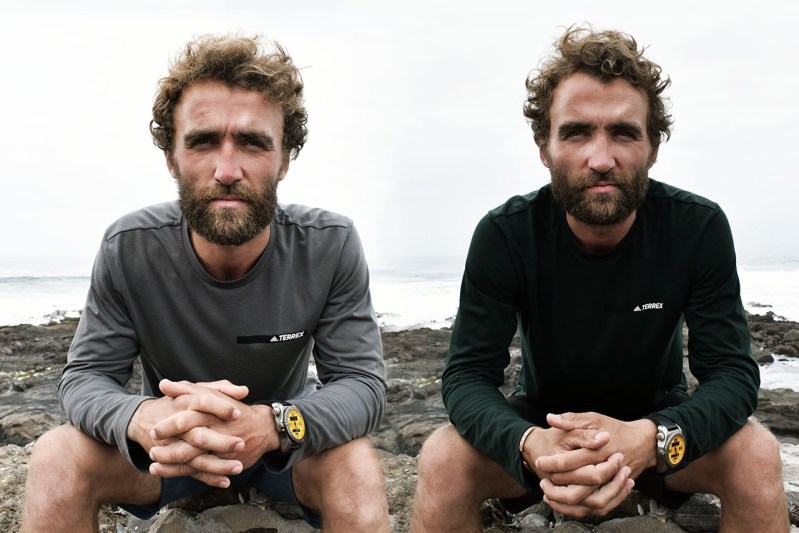
It’s safe to say that Hugo and Ross Turner are not your average twins. Fueled by a near-fatal spinal injury that Hugo sustained at age 17, the two entered the Talisker Whisky Atlantic Challenge in 2011 to row across the Atlantic Ocean and ended by setting two world records.
Since then, the twins have made a name for themselves as “world first” adventurers, specializing in groundbreaking expeditions that raise awareness for medical research and environmental issues. Each year has brought another one-of-a-kind adventure, somewhere between Phileas Fogg and Indiana Jones. But this intrepid twosome is more than just a couple of extra-daring cosmopolites. Their travels are done in partnership with a research department of King’s College London, which uses the twins as a pair of elite “guinea pigs,” studying how their nearly identical human bodies respond to different environmental challenges.
We caught up with Hugo recently to learn more about their background, hear the backstory behind their most memorable exploits, and get a taste of the motivation that fuels them.
The Manual: You have so many amazing adventures. If you could go back and repeat just one, which would it be?
Hugo Turner: Tricky question, but I think it would be the Australian Red Pole expedition. We flew paramotors from Adelaide to the center point of the continent (via Alice Springs). Some of the weird and memorable things we saw will live with us forever.
TM: You take on some very intense itineraries, and have encountered challenges to match: Knee injuries, prostate issues, hallucinations, etc. What do you tell yourself in moments of distress/failure?
HT: I think you get so used to being down and having issues and pressures on expeditions, that those moments have become mundane and you become accustomed to these challenges. It becomes normal to not enjoy many parts of the expedition. Treat the good times and the bad times the same — laugh in the face of challenges!
Treat the good times and the bad times the same — laugh in the face of challenges!
TM: What are some of the craziest things you’ve undergone in your scientific research partnership with King’s College London?
HT: We support the Department of Twin Research at KCL, who conduct thorough research on us to study our genetic makeup and to identify any differences in our bodies. There hasn’t been anything horrible (yet), but we have to do regular stool samples which isn’t the highlight of the research studies!
TM: Can you share some of the travel wardrobe/gear items you consider indispensable?
HT: For us, it has to be taking a PLB (personal location beacon) that is built into our Breitling Emergency 2 watches. If you get yourself into any issues or need help, you activate the PLB and an emergency response team will come and rescue you anywhere on the planet.

TM: Travel is more accessible than ever today. Sometimes, we can even take it for granted (and end up just doing it for the ‘gram, as it were). What’s your advice to other travelers to have their experiences be exciting and memorable?
HT: Do something that interests you. Don’t do something because someone else has done it. If you’re true to yourself and have a natural passion for something, sooner or later you’ll find or do something memorable.
TM: Is there a goal or destination that still eludes you?
HT: The endless pursuit of new knowledge to help us understand our planet to better help us look after it.
TM: What’s next in your series of adventures?
HT: We’re going to try and reach the Iberian center point (Spain) using electric motorbikes, starting in London. I think we’ll also be trying to get to the Madagascar pole of inaccessibility later in the year. So many things to do!
Did Hugo give you a hankering for more exploration, but only have time for an armchair adventure? Check out the best travel and adventure documentaries on Netflix now.


